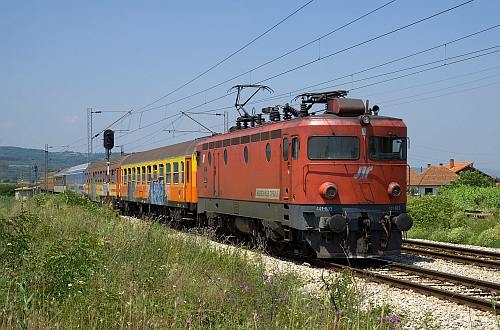Under the agreement with RZD, ZS will contribute a further $US 100m towards the programme, which will be used to acquire an additional 27 class 711 dmus from Metrovagonmash, Russia, which will replace life-expired rolling stock on secondary lines.
The infrastructure projects funded by the loan will be implemented over the next five years and at least half of the work will be carried out by Serbian companies.
Construction is expected to start in September on a 15km second electrified track on the Belgrade Vrsac – Romanian border line in the Pančevo area. The $US 65m project will include modernisation of the existing line and stations and a new bridge over the Tamiš river.
On the Serbian section of European Corridor 10 from Subotica in the north to Niš, Dimitrovgrad, and the Macedonian border in the south, six sections totalling 112km will be upgraded at a cost of $US 38m. Work is expected to begin on the initial section, the 18km stretch between Ruma and Golubinci, in the fourth quarter of this year. The European Bank for Reconstruction and Development (EBRD) is also providing a €25m loan towards the rebuilding of this corridor.
The Stara Pazova – Novi Sad line will be upgraded for 160km/h operation at a cost of around $US 392m. Feasibility and environmental impact studies are currently underway and tender documents are due to be issued in the first half of next year. The average speed for passenger trains on the Belgrade – Novi Sad – Subotica line is currently 71km/h, although there are speed restrictions at seven locations varying from 20km/h to 50km/h. The upgrade is expected to reduce Belgrade – Novi Sad journey times by 40 minutes.
To the south, $US 327m will be invested in the upgrading of the Belgrade – Bar line, and design work is due to begin shortly on this project.

